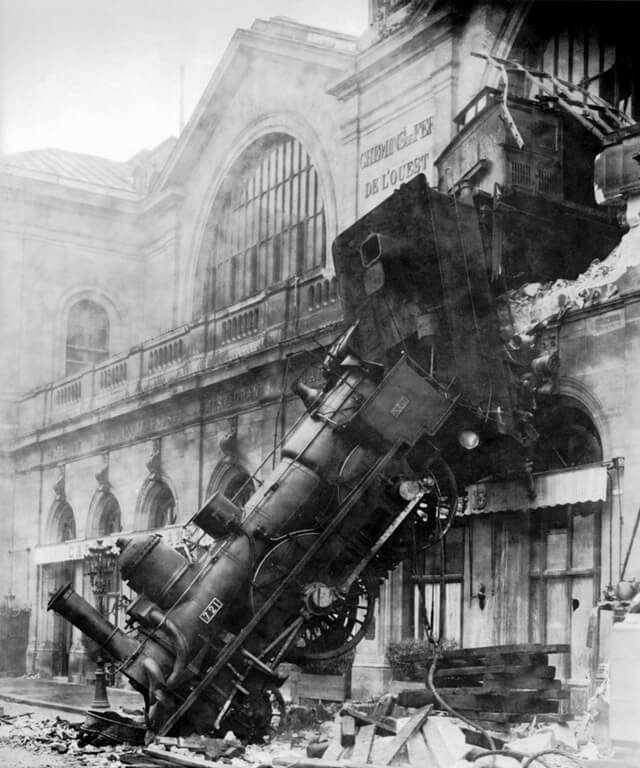One of the things that has been the hardest for me to adjust for in my pandemic practice has been around the “edges” of my playing.
Without regular rehearsals and concerts, I find that my extremes – range, dynamics, endurance, etc. – are slowly getting eroded away.
Combine that with the fact that I do 95% of my playing in the same physical location and climate, and I’m definitely noticing that I’ve had to consciously add more “threshold practice” into my routine.
What is Threshold Practice?
The idea of “threshold practice” is pretty straightforward:
In rehearsals and concerts you are often pushed beyond your comfort zone(s). It could be playing something louder (or quieter) than expected, or repeating a passage multiple times. It could also be something external to the music: an unclear conductor, unhelpful colleagues, poor climate control, etc.
In the BeforeTimes we would practice (hopefully) , but we would often practice within our comfort zone. This means playing at comfortably loud dynamics, repeating a passage a only a few times, using a metronome to stay steady, and keeping the tempo reasonable. And when we get tired (or bored) we stop or move on to something else.
Only when we were pushed out of these comfort zones (during a lesson or rehearsal) would we take these wider margins into the practice room.
Techniques to Try
To counteract this, one thing that I’ve tried to do is add a small amount of discomfort to my practice.
I don’t do a lot of it, and I try to mix it up to keep myself as balanced as possible, but here are some of the things I’ve done over the past few months:
- Mildly-strenuous exercises (Caruso Intervals or Dynamic Studies) at slower-than-average tempos.
- During exercises which go to forte or fortissimo, pushing beyond the boundaries of good taste.
- Record more parts of practice. Whether exercises or etudes. Listen back and take note of what went well and what didn’t. I just use TonalEnergy on my phone, but you could also use something like the Zoom H1n or Zoom H4n if you want better audio without extra setup.
- Try simple things (like Kopprasch or Schantl studies) done with “adjustments”. Play twice as slow (or fast). Practice transpositions, up to one octave higher (or lower). Adjust dynamics: play everything very loud (or quiet).
- Alternatively, do easier etudes at slower tempo, but play a subdivision. Doing Kopprash 1 at quarter = 60 and playing every 8th (or 16th) note (with dynamics!) will be a surprising workout.
- Play very difficult things, like Maxime-Alphonse book 6 or Verne Reynlds 48 Etudes. Push the tempo, but add 1-2 beats of rest between every measure. Don’t lose focus during the rests.
- Play along with recordings of your favorite pieces, if you have the parts and have good recordings.
Happy (extreme) practicing!





